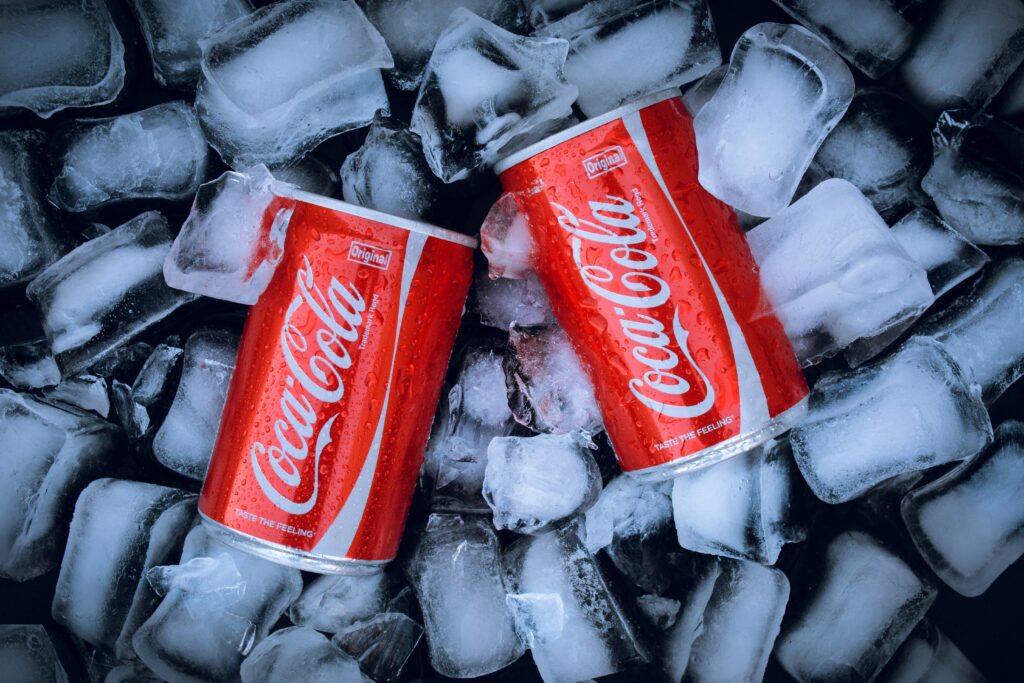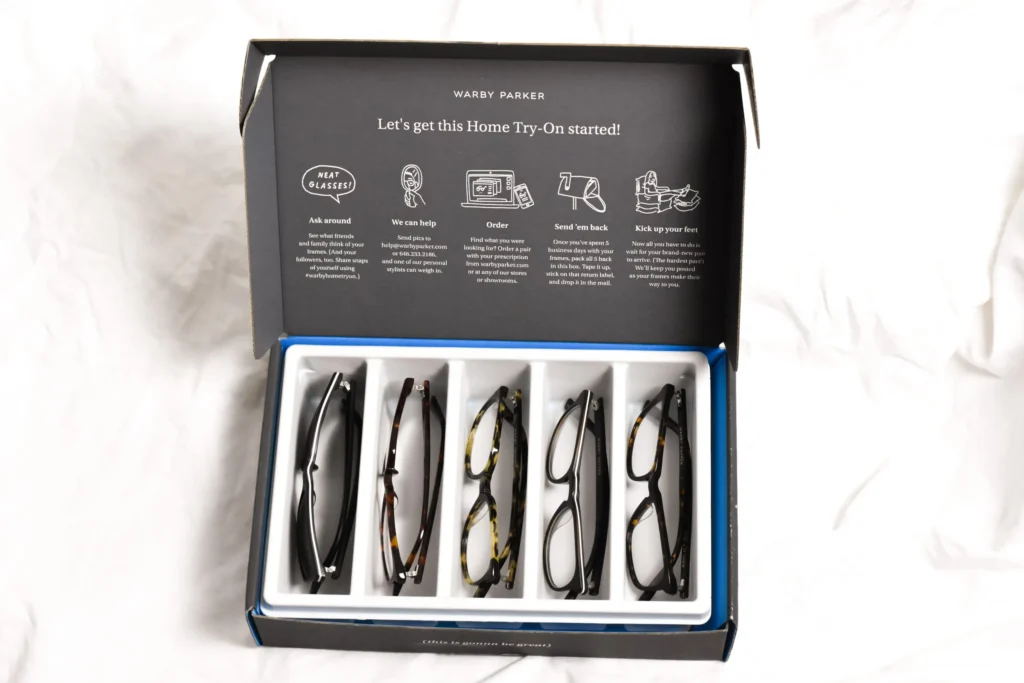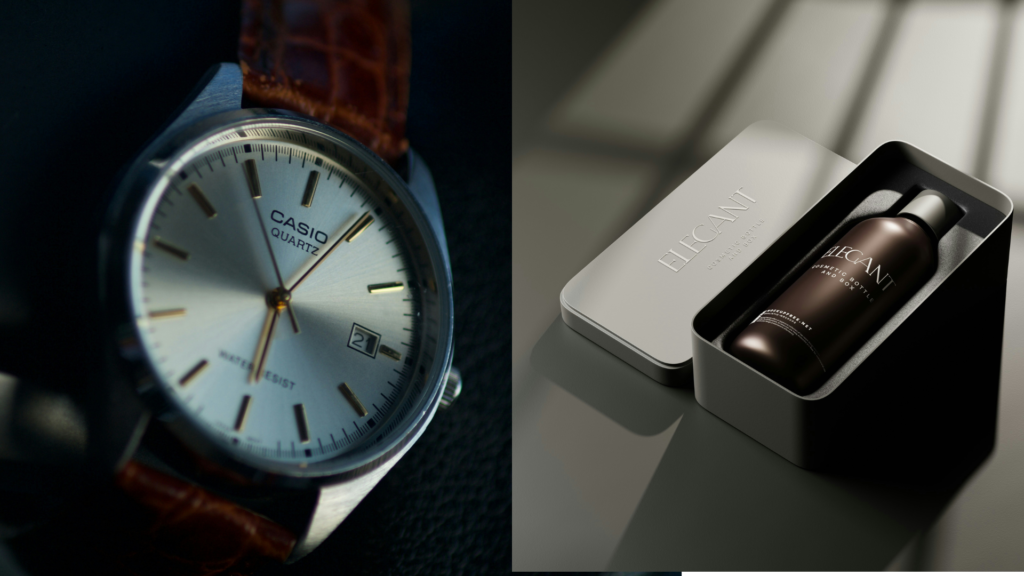In today’s competitive landscape, packaging goes beyond merely protecting your product. It plays a crucial role in shaping your brand identity. In fact, packaging acts as an ambassador for your brand, effectively communicating your values and personality to consumers.
Moreover, the design can significantly influence customer perceptions. A well-crafted package not only attracts attention but also fosters emotional connections. This connection can lead to brand loyalty and repeat purchases.
Additionally, distinctive design enhances the overall customer experience. When consumers feel excited about unboxing a product, it creates a memorable moment. These moments often translate into positive associations with your brand.
In this blog, we will explore how unique packaging can elevate your brand. We will discuss strategies that enhance the customer experience and leave lasting impressions. Ultimately, effective packaging can set you apart in a crowded marketplace.
The Importance of Packaging in Branding
Packaging often serves as the first point of contact between consumers and brands, making it a critical element in the marketing mix. When a customer encounters a product on a store shelf or online, the packaging is what captures their attention. Research shows that consumers form opinions about products within seconds, largely influenced by the design and aesthetics of the packaging. This immediate impression can determine whether a potential buyer decides to engage further or move on to a competitor’s offering.
Moreover, effective packaging plays a vital role in shaping purchasing decisions. A well-designed package not only attracts attention but also communicates essential information about the product. For instance, clear labeling and appealing visuals can convey quality and reliability. When consumers feel confident in what they see, they are more likely to make a purchase. In this way, packaging acts as both a marketing tool and a sales driver, guiding consumers toward making informed choices.
Additionally, it serves as an extension of your brand’s identity. It reflects your brand values and personality, allowing you to connect emotionally with your audience. For example, eco-friendly packaging can resonate with environmentally conscious consumers, while luxurious designs may attract those seeking premium products. This alignment between packaging and brand identity fosters trust and loyalty among customers.
Packaging is much more than just a protective layer for products; it is a powerful branding tool that shapes perceptions and influences consumer behavior. By investing in thoughtful and innovative design, brands can create memorable experiences that not only attract new customers but also retain existing ones. Ultimately, effective packaging can set a brand apart in an increasingly crowded marketplace, making it an essential focus for any successful marketing strategy.

Key Functions of Packaging
1. Brand Recognition
One of the primary functions of packaging is to establish a distinctive brand identity. Effective design incorporates unique colors, logos, and typography that resonate with consumers. This visual consistency helps consumers easily identify your brand among competitors. Over time, strong brand recognition can lead to increased customer loyalty and trust.
Moreover, memorable design can create an emotional connection with consumers. When customers associate specific designs with positive experiences, they are more likely to choose your brand again. Thus, investing in packaging that reflects your brand’s essence is crucial for long-term success.
2. Consumer Attraction
Another vital function of packaging is its ability to attract consumers. In crowded retail environments, eye-catching designs stand out and grab attention. Bright colors, innovative shapes, and striking graphics can draw potential buyers in and pique their interest.
Additionally, attractive design can evoke curiosity and encourage consumers to explore the product further. When a package captivates attention, it increases the likelihood of purchase. Therefore, creating visually appealing packaging is essential for capturing consumer interest in a competitive market.
3. Information Conveyance
Packaging also plays a crucial role in conveying essential product information. Clear labeling helps consumers understand what the product is and how to use it effectively. Important details such as ingredients, usage instructions, and benefits should be easily visible.
Furthermore, informative design can help build trust with consumers. When customers feel informed about what they are purchasing, they are more likely to make confident decisions. Thus, effective packaging serves not only as a marketing tool but also as a means of communication between brands and consumers.
Elements of Effective Packaging Design
1. Visual Appeal
The visual aspects of packaging, such as colors, typography, and imagery, are essential for creating a strong first impression. For example, Tiffany & Co.’s iconic blue box is a prime illustration of how color can symbolize luxury and elegance. This instantly recognizable packaging not only attracts attention but also evokes a sense of desire among consumers.
Moreover, color psychology plays a significant role in how consumers perceive products. Vibrant colors can suggest energy and excitement, while muted tones often convey sophistication and calmness. Similarly, the choice of typography can reflect a brand’s personality. Serif fonts may indicate tradition and reliability, while sans-serif fonts often suggest modernity and simplicity. Together, these visual elements work to create an engaging and memorable packaging design.
2. Storytelling Through Imagery
Imagery on packaging serves as a powerful storytelling tool that can connect consumers with your brand. For instance, Coca-Cola effectively uses nostalgic imagery to evoke feelings of happiness and togetherness. This approach not only enhances customer connection but also reinforces brand loyalty.
Additionally, compelling visuals can communicate a brand’s values and mission. By incorporating images that resonate with target audiences, brands can create emotional bonds that encourage repeat purchases. Ultimately, storytelling through imagery transforms ordinary packaging into a memorable experience that captivates consumers.
3. Functionality and Usability
While visual appeal is important, packaging must also prioritize functionality and usability. Easy-to-open designs enhance the user experience and encourage repeat purchases. For example, resealable pouches allow consumers to enjoy products over time without compromising freshness.
Furthermore, innovative packaging solutions can align with consumer preferences for convenience and sustainability. Eco-friendly materials not only meet the demand for responsible choices but also reflect positively on the brand image. Thus, combining aesthetics with practicality ensures that packaging meets consumer needs while reinforcing brand values.
4. Sustainability Matters
In today’s market, sustainability is increasingly important to consumers. Brands that prioritize eco-friendly practices through their packaging can significantly enhance their image. Using recyclable or biodegradable materials appeals to environmentally conscious customers and demonstrates corporate responsibility.
Moreover, sustainable packaging can create a competitive advantage in a crowded marketplace. Consumers are more likely to choose brands that align with their values regarding the environment. Therefore, integrating sustainability into packaging design is not just a trend; it is a vital aspect of modern branding that resonates with today’s consumers.
Real-World Examples of Memorable Packaging
1. Apple
Apple’s packaging is a masterclass in minimalist design, reflecting its brand ethos of simplicity and innovation. The iconic white box, often adorned with a sleek image of the product, creates an immediate sense of anticipation. This unboxing experience is carefully crafted to evoke excitement, making the product feel special even before it is opened. Each element is meticulously designed to maximize space efficiency while ensuring that the product is presented beautifully.
Moreover, Apple’s commitment to quality extends to the materials used in their packaging. The boxes are made from premium, recyclable materials that align with their sustainability goals. This attention to detail not only enhances the unboxing experience but also reinforces the brand’s image as a leader in both technology and design.

2. Coca-Cola
Coca-Cola’s packaging stands out due to its vibrant colors and iconic logo, which create instant brand recognition. The classic red and white color scheme is synonymous with joy and refreshment, making it easily identifiable on shelves. Additionally, Coca-Cola often releases limited-edition cans featuring unique designs that encourage collectors and social sharing. This strategy not only boosts brand visibility but also fosters community engagement among fans.
Furthermore, the nostalgic imagery used on some packaging evokes feelings of happiness and togetherness. By connecting emotionally with consumers through its designs, Coca-Cola enhances customer loyalty and strengthens its brand identity. This approach demonstrates how effective packaging can turn a simple beverage into a memorable experience.

3. Warby Parker
Warby Parker takes a personal approach to packaging that enhances the customer experience. Each eyewear box includes thoughtful touches like personalized notes, which create a memorable unboxing moment. This attention to detail fosters a sense of connection between the brand and its customers, encouraging loyalty and repeat purchases.
In addition to personalization, Warby Parker focuses on functionality in their packaging design. The boxes are designed to protect the eyewear while being easy to open. By combining practicality with engaging elements, Warby Parker successfully creates an unboxing experience that resonates with consumers. This strategy not only showcases the product but also reinforces the brand’s commitment to customer satisfaction.

Strategies for Creating Lasting Impressions
1. Invest in Quality Materials for Packaging
Investing in high-quality packaging materials is essential for reflecting the value of your product. When consumers encounter sturdy, well-crafted packaging, they often associate it with quality and reliability. This perception can significantly enhance their overall experience and encourage repeat purchases.
Additionally, premium materials can elevate the unboxing experience. For instance, a beautifully designed box made from sustainable materials not only protects the product but also communicates your brand’s commitment to quality and responsibility. By prioritizing quality in your packaging, you can create a lasting impression that resonates with consumers.
2. Personalized Packaging
Personalization can make customers feel special and valued. When brands customize their design to include names or unique messages, it fosters a deeper connection with consumers. This personal touch enhances the overall customer experience and encourages brand loyalty.
Moreover, personalization can lead to increased social sharing. When customers receive something tailored just for them, they are more likely to share their experience on social media. This not only boosts brand visibility but also creates a sense of community among customers who feel connected to your brand.
3. Social Media Appeal
Designing packaging that encourages social media sharing is a powerful strategy for enhancing brand visibility. Eye-catching designs and unique elements can prompt consumers to photograph and share their experiences online. When packaging stands out, it becomes more than just a container; it transforms into a marketing tool.
Additionally, integrating social media elements into your packaging can further engage customers. Including hashtags or QR codes that link to online content encourages interaction and makes it easy for consumers to connect with your brand digitally. This approach not only enhances customer engagement but also amplifies your brand’s reach through user-generated content.
4. Consistency Across Channels
Ensuring that your packaging aligns with other branding elements is crucial for creating a cohesive brand image. Consistent use of colors, typography, and messaging across all platforms reinforces brand recognition. When consumers see familiar elements, they are more likely to trust your brand.
Moreover, cohesive branding helps establish a strong identity in the marketplace. When customers encounter consistent packaging on shelves, websites, and marketing materials, it creates a unified experience. This consistency builds credibility and fosters long-term relationships with consumers who appreciate a reliable brand presence.

Conclusion
In summary, effective packaging is far more than just a visual element; it serves as a strategic asset that enhances brand identity and engages consumers. Thoughtfully designed packaging can create memorable experiences that resonate with customers long after their purchase. By focusing on the essential aspects of packaging design, brands can not only attract attention but also foster loyalty among their audience.
Ultimately, first impressions are crucial in the world of branding. When packaging reflects a brand’s essence and values, it leaves a lasting impact on consumers. Therefore, investing in quality packaging design is vital for any brand aiming for success in a competitive market.




